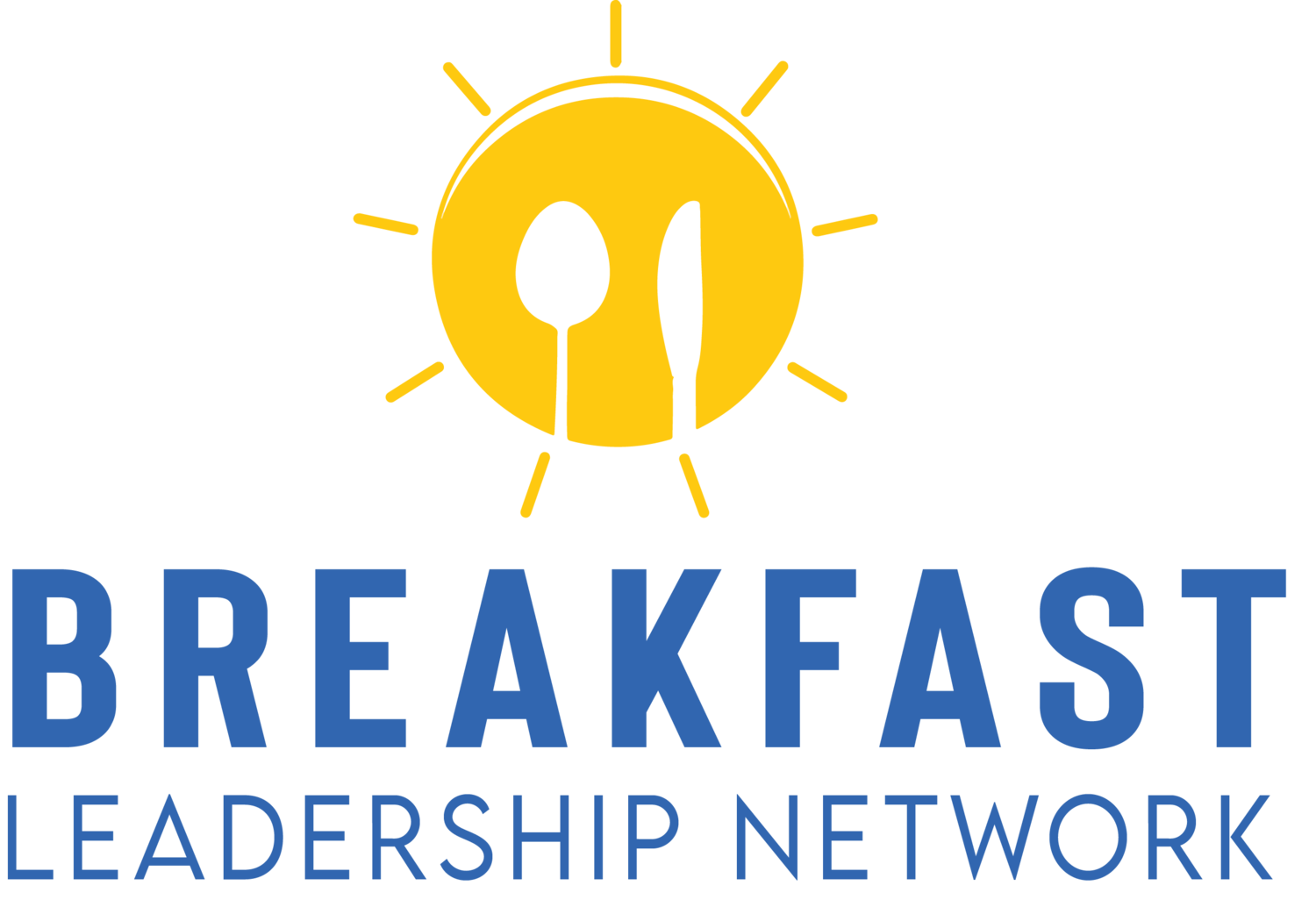Reimagining Executive Burnout: Beyond Existential Liberation
Fabian Sandoval compellingly calls for an existential reframing of executive burnout, rooting it in identity entanglement, the myth of progress, and the absurdity of our self-imposed roles (Ivy Exec). While this philosophical lens is rich and liberating, as an HR leader grounded in practical transformation, I see powerful opportunities to build on and sometimes challenge this framework with real-world tools, systemic change, and deeper relational awareness.
For readers looking to explore further strategies on burnout prevention, workplace culture, and leadership renewal, visit the Breakfast Leadership Blog.
1. Identity Beyond the Title: Expand, Not Escape
Sandoval’s take: Burnout arises when executives define themselves by their role, captured in Sartre’s notion of “bad faith.” Identity must expand through freely chosen values, not external titles.
My counterpoint: I agree, but also urge executives to actively expand. Cultivate identity through multiple domains such as mentor, spouse, artist, athlete, or community member. Some executives go further with structured identity work: journaling on personal values, exploring strengths outside the workplace, or joining pro bono boards or side projects that ground them in something other than corporate success.
Identity risk is not only about letting go but also about constructively replacing. When executives invest in multiple, values-aligned identities, they are more resilient even when titles change.
For deeper guidance, I share practical frameworks in my book Burnout Proof.
2. Sisyphus or Symphony? Honoring the Grind While Orchestrating It
Sandoval’s take: Corporate life mirrors Camus’s Sisyphean myth: unending tasks. We must “rebel” by finding meaning in the climb itself.
My counterpoint: Meaning can emerge in the push, but leaders can also orchestrate that push more intentionally. Instead of passive endurance, they can adopt strategic rituals such as weekly “zone of genius” sessions, purpose-driven team check-ins, and time-blocking for deep work that aligns with values, not only deliverables.
Craftsmanship transforms repetitive tasks into meaningful work, even within relentless cycles. Purpose does not just appear, it can be cultivated.
3. Absurdity and Responsibility: Pair Philosophy With Practice
Sandoval’s take: Frankl’s “tragic optimism” means meaning is found even in suffering. Our response, not our conditions, defines us.
My counterpoint: Existential freedom is liberating but also terrifying. What if fear of that freedom causes paralysis? That is where professional coaching, peer advisory groups, or leadership circles come in. They transform existential insight into accountable choice.
By creating safe spaces to ask, “If this company vanished tomorrow, what remains essential to me?” executives can move from paralysis to clarity, supported by structure and action.
4. Rewriting Success: From Individual Liberation to Culture Reinvention
Sandoval’s take: Executives must model rest and authenticity, shifting organizational culture so burnout becomes a wake-up call, not a stigma.
My counterpoint: I agree, but culture change requires layering. Individual resolve alone is not enough. Organizations need systems such as transparent norms about rest, template-triggered skip-level wellness check-ins, peer-led burnout debriefs, and performance metrics that include well-being.
This is not just existential clarity. It is organizational architecture that sustains clarity.
For practical applications of culture-first leadership, I expand on this in my book Workplace Culture.
5. From Reckoning to Renewal: Practical Steps to Human-Centric Leadership
Rather than an existential epiphany alone, here is how we can convert that into lasting transformation:
Conclusion: Philosophy Lighting the Torch, Practice Lighting the Path
Fabian Sandoval’s existential reframing is a powerful ignition. It awakens executives to the crisis of meaning that standard burnout interventions often overlook. But philosophical insight alone will not sustain transformation.
Real change comes when leaders actively rebuild identity, orchestrate meaning, embed structure, and transform culture through grounded, systemic practices.
As I often emphasize on the Breakfast Leadership Show podcast, healing burnout is not only about letting go. It is about reclaiming who you are, redesigning how you lead, and reshaping the systems around you so that success, rest, and authenticity all thrive together.

